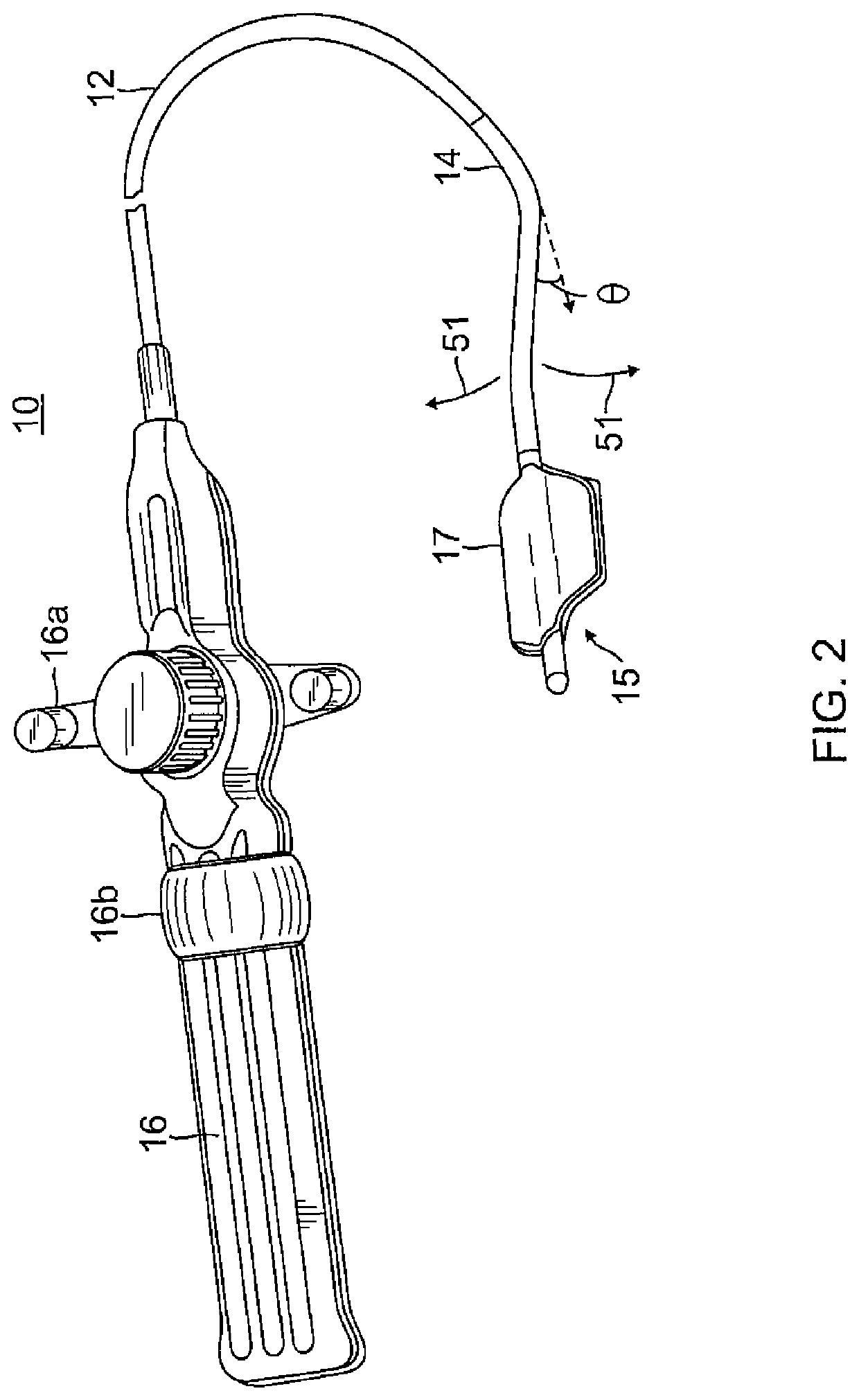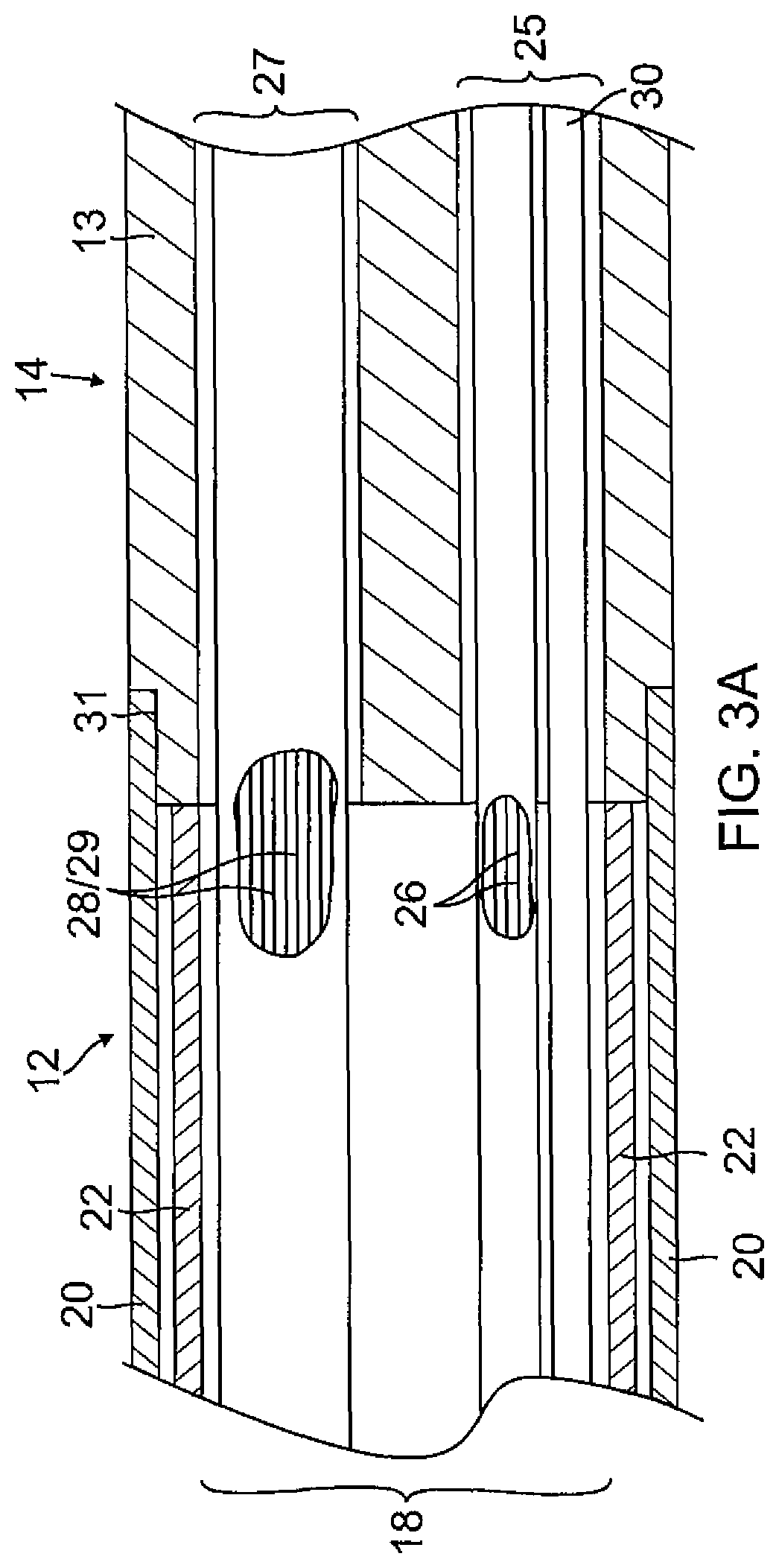Pericardial catheter with temperature sensing array
a technology of temperature sensing array and pericardial catheter, which is applied in the field of catheters, can solve the problems of sudden death, life-threatening arrhythmia, and formation of non-conducting lesions, and achieve the effects of improving algorithm accuracy, and reducing the risk of cardiac arres
- Summary
- Abstract
- Description
- Claims
- Application Information
AI Technical Summary
Benefits of technology
Problems solved by technology
Method used
Image
Examples
Embodiment Construction
[0037]FIG. 1 illustrates a heart 70 with left atrium 72, right atrium 74, left ventricle 76 and right ventricle 78 that are enclosed in a pericardial sac 80 forming a pericardial cavity 82 surrounding the heart. An ablation catheter 84 is positioned in the heart, for example, in the right ventricle 78, with its ablation distal tip 85 in contact with endocardium 86 at a selected tissue ablation target site 87. Via a subxyphoid approach, an epicardial catheter 10 of the present invention is positioned inside of the pericardial sac 80, within the pericardial cavity 82, with its temperature sensing array 17 lying on or near an outer surface of epicardium 89 at a location generally opposite of the ablation distal tip 85 of the ablation catheter 84 such that the array 17 of the catheter 10 generally covers and spans over the ablation distal tip 85 so as to sense heat radiating outwardly from the ablation tissue target site 87 through endocardium 86 and myocardium 88.
[0038]As shown in FIG....
PUM
 Login to View More
Login to View More Abstract
Description
Claims
Application Information
 Login to View More
Login to View More - R&D
- Intellectual Property
- Life Sciences
- Materials
- Tech Scout
- Unparalleled Data Quality
- Higher Quality Content
- 60% Fewer Hallucinations
Browse by: Latest US Patents, China's latest patents, Technical Efficacy Thesaurus, Application Domain, Technology Topic, Popular Technical Reports.
© 2025 PatSnap. All rights reserved.Legal|Privacy policy|Modern Slavery Act Transparency Statement|Sitemap|About US| Contact US: help@patsnap.com



